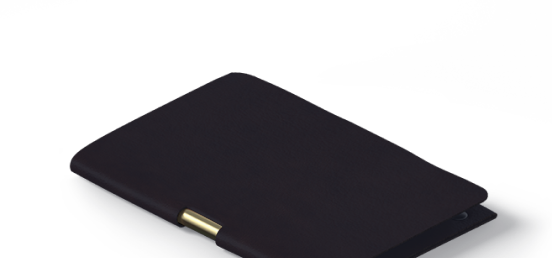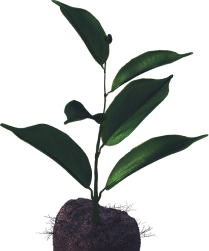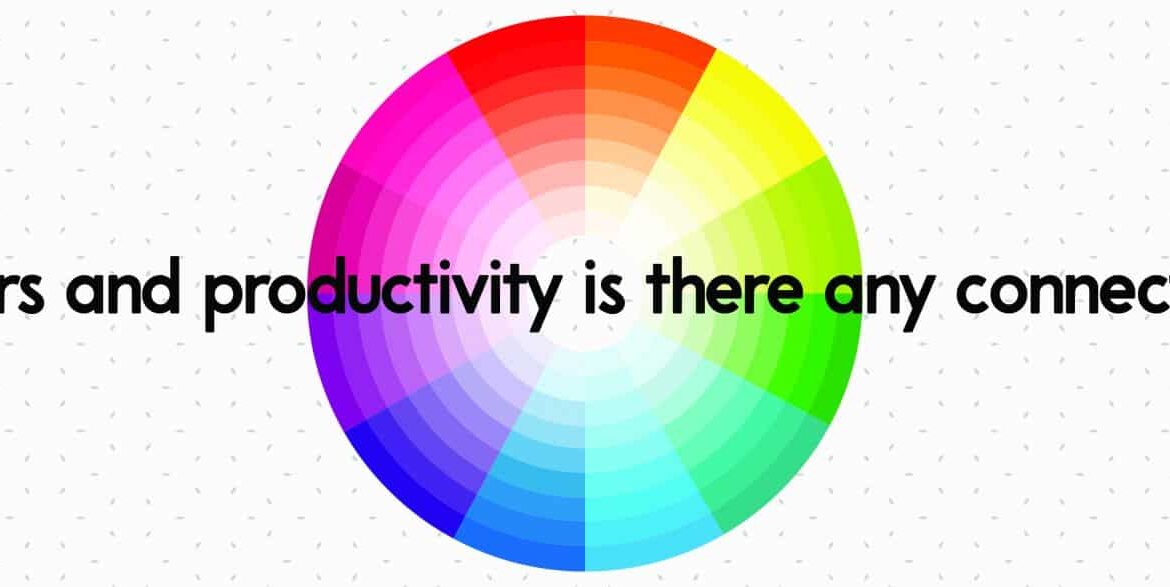Marketing researchers, through numerous scientific experiments, have established the fact that colors can actually change or influence our emotions.
Commercial enterprises and digital marketing agencies are now utilizing colors in developing and implementing strategic techniques around the office to modify behavior.
Following is a concise statement on the different perceptions on how different colors affect people and the way they are employed to help improve the work environment.
Red: To capture Attention
The color red has both positive and negative undertones. The bright attributes of the red color forcefully attract people, which is important when we need to capture attention, but it’s also has a negative connotation. Red color is often connected to spam and bad letter grades. Several psychological experiments established the notion that, students tend to score law in their exams if they see red before taking the exam.
Many believe that red may lower productivity; however no one can ignore the fact that red stands out. Psychologists advocate that red is a stimulating color with a strong tendency to excite the brain, as a result of an old rooted instinct that they believe goes back to our caveman days of using fire. Those features make red an outstanding color for capturing attention and focusing on details.
It is also believed that red color can induce the sensation of hunger. It is assumed to stimulate an appetite. Many restaurants choose to use red in their logo designs to activate the feeling of hunger and rouse appetite.
The degree of lightness or darkness of the red color can have different effects on people and their feelings. In other words, the different shades of red are perceived in a totally different way depending on their degree of lightness. Pink is perceived as enjoyable and soothing, whereas burgundy is linked to superiority and importance.
Blue: To Induce Tranquility and Enhance Productivity
Blue is associated with relaxing effects. The blue color is known for its ability to slow breathing and lower blood pressure. Nevertheless, psychologists claim that despite the tranquil feelings, blue color tends to stimulates the mind. The combination of calming yet mentally stimulating is believed to be behind the tendency to post productivity.
Psychological research studies pointed out that a blue-green room has significantly improved productivity greater than red rooms and white rooms. The studies indicated that in settings where people need to focus and get work done blue is the color of choice.
Research has also advocated that blue is considered to convey feelings of dependability and trustworthiness which support the notion that painting the director’s door or office in a blue may create a friendly environment that could increase productivities.
Yellow: To Invigorate People and Embrace Collaboration
Yellow is considered by many as the most attractive and inspiring color. Regardless of its shades, yellow is always viewed as a lively color. Yellow is often employed by specialists to generate a more spacious, stimulating environment. The fact that adding accents of yellow could help without overwhelming the senses, makes it very desirable.
Studies have pointed out that yellow should be used in small doses because it is sometimes viewed by some individuals as the least favorite color among adults. The studies have also found that rooms painted yellow seems to make people more sensitive to noise. It is apparent that productivity would not be enhanced if employees don’t like being surrounded by yellow walls and if the room seem noisier. Nevertheless, other studied suggest that yellow is the strongest color mentally and can help trigger creativity as well as memory. They also suggest that confidence and positivity can also be raised with a moderate touch of yellow. Assumed these potentials, yellow may be best employed in areas where people do a great deal of thinking, teamwork and innovative effort.
Green: To Make People More Relaxed at Work
Have you ever wondered why the green room of a television show is green? It might be because green helps calm people down. Color specialists like psychologist Andrew Elliot note that green is found frequently out in nature, and natural surroundings put people in a calmer state. It’s so calming one study found people with Parkinson’s Disease felt better in a green room.
Get a double dose of the calming benefit by adding green plants around the office, especially in areas like the front lobby and break rooms, where relaxation is the goal.
Another interesting fact is the human eye can pick up more shades of green than any other color. Again, this is most likely because of its prevalence in the natural world. We’re so used to seeing shades of green, it’s considered to be a good background color that will be noticeable without distracting people and won’t cause eye fatigue.
It’s quite apparent that colors are not only used for their ecstatic attributes but rather for their physiological effects. Studies and practical experience has proven the actual effect of colors on productivity and thus it is advisable to implement such outcomes in our everyday business enterprises.




